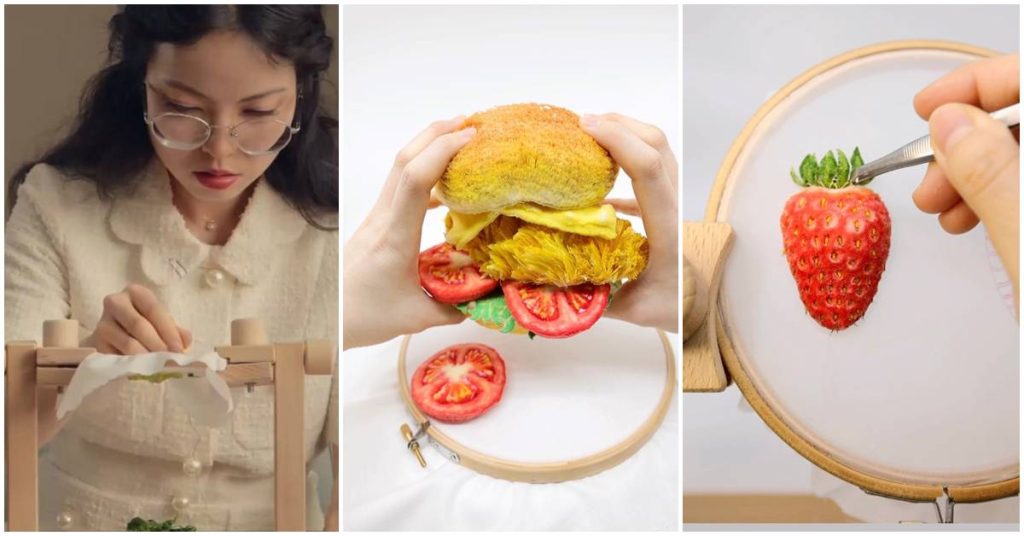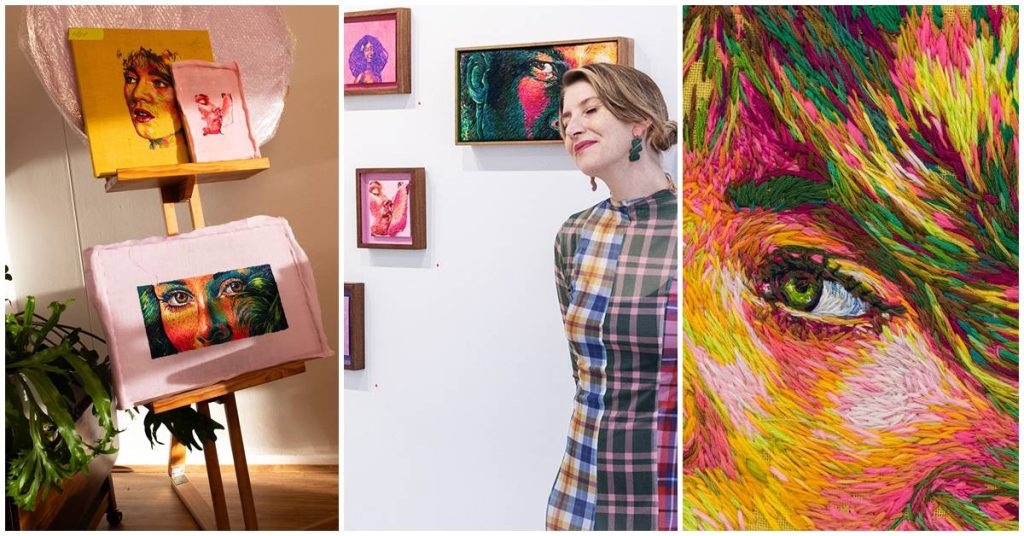There’s something deeply grounding about a rug that tells a story. Not one made by machine, pumped out in bulk, but one that took months—sometimes years—to complete. That’s the kind of magic you find in an Iranian handmade carpet.
These aren’t just floor coverings. They’re cultural time capsules. Living, breathing pieces of history woven by master artisans whose craft has been passed down for generations. If you’ve ever run your fingers across the surface of a real Persian rug, you know what I mean—it feels alive.
Let’s take a closer look at why these rugs have captured the hearts (and homes) of collectors and interior lovers around the world.
Why Buy a Handmade Persian Rug from Iran?
When you buy a handmade Persian rug from Iran, you’re not just buying decor. You’re buying into centuries of culture, tradition, and human touch. Every knot, every pattern is placed with purpose.
These rugs come from cities that have become legends in the rug world—Tabriz, Kashan, Qom, and Isfahan. Each one has its own style and signature. The materials? Natural wool and silk. The dyes? Pulled from pomegranates, madder roots, indigo—ingredients that have been used for hundreds of years.
Compare that to a factory-made rug and it’s like comparing a hand-pulled espresso to instant coffee. No contest.
Plus, when you buy directly from Iranian weavers or certified sellers, you’re supporting real people and preserving a craft that’s slowly disappearing. That makes your rug even more meaningful.
Let’s Talk About Knot Density (Because It Actually Matters)
This might sound a little technical, but knot density is one of the easiest ways to tell how good a rug really is. Think of it like the pixel count on a screen—the more knots per square inch (KPSI), the sharper and more detailed the design.
Here’s a quick cheat sheet:
-
Under 100 KPSI = coarser tribal or village rugs
-
120–300 KPSI = solid mid-to-high quality
-
300+ KPSI = ultra-fine city rugs, often silk, often pricey
Some rugs from Isfahan or Qom even hit 330+ KPSI, which is kind of mind-blowing when you realize that a weaver might tie 10,000 knots per day. So yeah, these rugs take time. That’s why the good ones aren’t cheap—and shouldn’t be.
The Isfahan Rug: Subtle, Sophisticated, Stunning
If you’re after a Persian rug that doubles as fine art, look to Isfahan. These rugs are famous for their elegance—soft, muted colors, intricate floral patterns, and that iconic central medallion that looks like it belongs on a palace ceiling.
Unlike bolder styles from other regions, Isfahan rugs tend to use a more delicate palette—creams, blues, silvers—nothing too loud. They’re woven on silk or silk-blend foundations, which gives them that smooth, almost glowing appearance.
Many people ask, “How do I know if it’s an authentic Isfahan rug?”
A few clues: the design will be perfectly symmetrical, the weave ultra-fine, and the materials top-tier. If it looks too perfect to be machine-made, you’re probably looking at the real deal.
How to Tell If Your Rug Is Actually Authentic
The Persian rug market is full of knockoffs and “Persian-style” rugs made outside of Iran. So how do you know you’re getting the real thing?
-
Flip it over – Real handmade rugs have visible knots and a soft, slightly uneven backside.
-
Check the material – Natural wool and silk feel warmer and smoother than synthetics.
-
Look for origin labels – Authentic rugs often include the name of the city they were made in.
-
Ask for documentation – Legit sellers won’t mind giving you a certificate of authenticity.
When in doubt, buy from trusted dealers—especially those who specialize in Iranian exports or work directly with artisans. Bonus: you’re keeping the tradition alive.
How to Care for Your Persian Rug (So It Lasts a Lifetime)
These rugs are built to last generations—but they still need some love. Here’s how to keep yours looking incredible:
-
Rotate it every 6 months to prevent uneven fading.
-
Keep it out of direct sunlight (those natural dyes are beautiful but sensitive).
-
Vacuum lightly, without the beater bar.
-
For deep cleaning, leave it to the pros—once every 2–3 years is enough.
-
When storing, roll (never fold), and keep it in a dry, cool place.
A little effort goes a long way. These pieces were made to be used, but also respected.
Iranian Handmade Carpet : This Is More Than a Rug
At the end of the day, an Iranian handmade carpet is so much more than just a beautiful object—it’s a piece of living history. It’s human craftsmanship in its purest form. It tells a story about patience, beauty, and the cultural heartbeat of Iran.
So if you’re thinking about adding one to your home, don’t just pick the first rug you see online. Take the time to learn about it. Feel it. Ask questions. And when you finally roll it out across your floor, know this: you’re not just decorating your space.
You’re honoring an art form that’s lasted centuries.

Hello art lovers. My name is Deepak Mehla, and I’m from Karnal, India. I enjoy reading stories about people’s struggles and how they overcome them. These motivational stories work like a source of energy for me.
Although Arttellers is completely different from my original vision, I, too, am going through a challenging phase in life. To keep myself busy and to hold on to hope, I share stories of artists with all of you. I believe these stories will give you a new direction, just as they inspire me.
Arttellers exists because I want to share how some people turn the work they love into their livelihood, and how choosing their passion leads them to success. I started Arttellers to keep my own hope alive and to help you discover people whose journeys might inspire you too.


